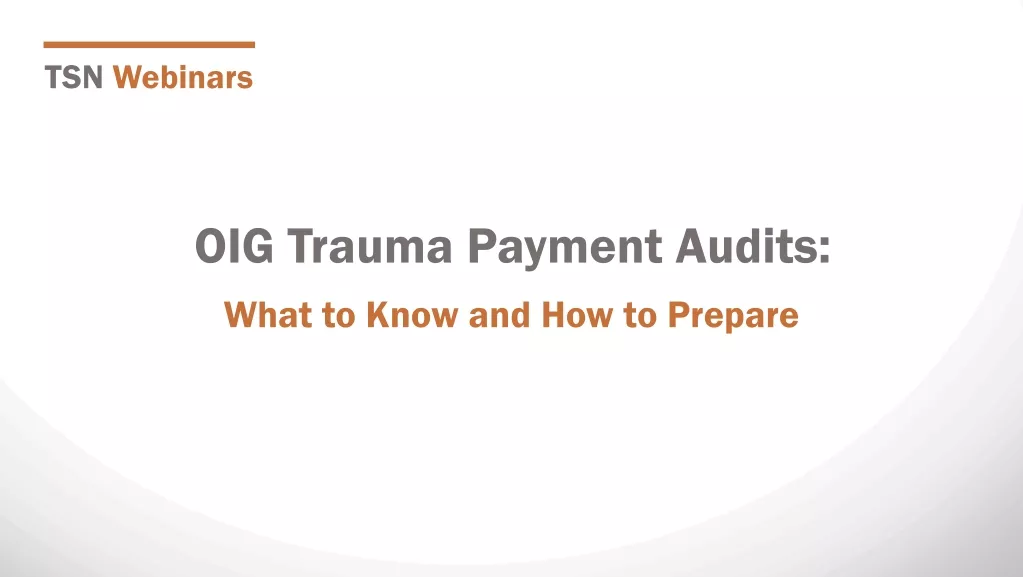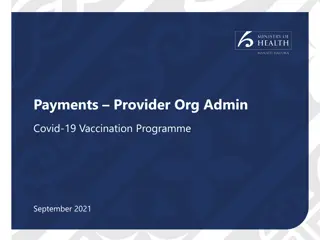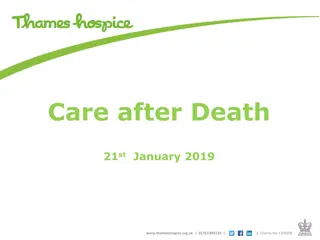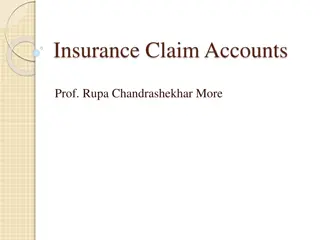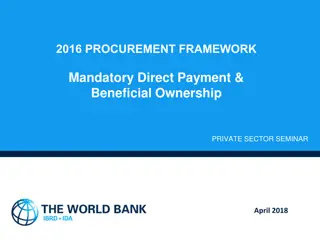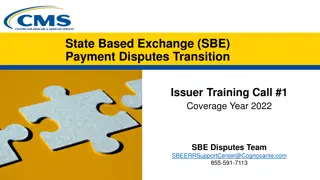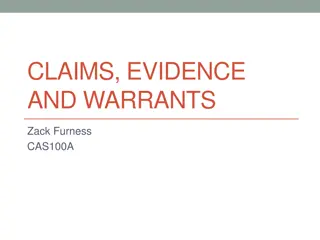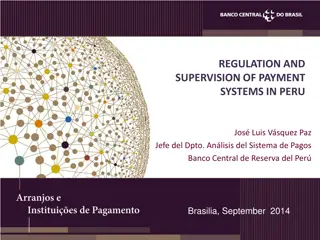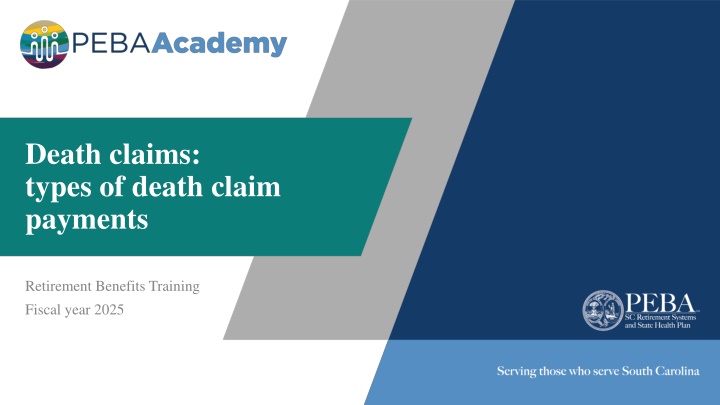
Death Claim Payments and Benefits for Retirement Planning
Explore the different types of death claim payments and benefits available, including retirement benefits, training, and incidental death benefits. Find out about refund options, survivor benefits, and first responder death benefits for fiscal year 2025.
Download Presentation

Please find below an Image/Link to download the presentation.
The content on the website is provided AS IS for your information and personal use only. It may not be sold, licensed, or shared on other websites without obtaining consent from the author. If you encounter any issues during the download, it is possible that the publisher has removed the file from their server.
You are allowed to download the files provided on this website for personal or commercial use, subject to the condition that they are used lawfully. All files are the property of their respective owners.
The content on the website is provided AS IS for your information and personal use only. It may not be sold, licensed, or shared on other websites without obtaining consent from the author.
E N D
Presentation Transcript
Death claims: types of death claim payments Retirement Benefits Training Fiscal year 2025
Refund of contributions SCRS: refund of employee contributions plus interest. PORS: greater of two amounts: Refund of employee contributions plus interest; or $1,000 (in-service deaths only). Payable if balance not exhausted through benefit payments (retiree deaths only). Amount not impacted by: Member s age; or Service credit. 2
Monthly survivor benefit eligibility for active member in-service deaths The monthly annuity, if selected, is paid in lieu of the refund of contributions plus interest. Member s earned service credit Member s total service credit or age 15+ years of service credit or Age 60 (SCRS) or age 55 (PORS) Class Two 5+ years 15+ years of service credit or Age 60 (SCRS) or age 55 (PORS) Class Three 8+ years 3
Incidental death benefit Employer pays for coverage to offer incidental death benefit. Coverage required for: State agencies; Public higher education institutions; and Public school districts. Optional employers and charter schools that participate in retirement may choose to offer benefit but may not revoke benefit once added. Not available to inactive members and members whose employer does not offer coverage. 4
Incidental death benefit Active members To be eligible, death cannot be more than 90 days after last earning compensation in regular pay status. Generally requires one year of earned service unless death results from job-related injury. Payment equal to the member s annual earnable compensation. Working retired members To be eligible for the current annual salary benefit, death cannot be more than 90 days after last earning compensation in regular pay status. Payment equal to larger of: Annual earnable compensation; or Non-working incidental death benefit. 5
Non-working retired member incidental death benefit For the benefit to be payable, retired member s most recent employer before retirement must have provided incidental death benefit coverage. SCRS years of service credit PORS years of service credit Incidental death benefit payment 10 to 19 years 10 to 19 years $2,000 Class Two: 20 to 24 years Class Three: 20 to 26 years 20 to 27 years $4,000 Class Two: 25+ years Class Three: 27+ years 28+ years $6,000 6
First responder death benefit Benefit increases to $150,000 if the member is killed in the line of duty and the member's death is either the result of an unlawful and intentional act of another person or the result of an accident that occurs: As a result of the member's response to fresh pursuit; As a result of the member's response to what is reasonably believed to be an emergency; At the scene of a traffic accident to which the member has responded; or While the member is enforcing what is reasonably believed to be a traffic law or ordinance. Incidental death benefit program includes an additional line-of-duty death benefit for certain first responders (police, fire, EMS). First responder death benefit pays a one-time, lump-sum benefit of $75,000 if the member s death was a natural and proximate result of an injury by external accident or violence incurred while on duty as a first responder. 7
First responder death benefit payments Unless the member has designated a different beneficiary for this benefit, the benefit is payable as follows: If member has no spouse or child: Benefit is divided equally among surviving parents. If member has no beneficiary, spouse, child or parent: Benefit is paid to member s estate. If member has no spouse: Benefit is divided equally among surviving children. If member is married: Spouse receives benefit. 8
Accidental Death Program Employer pays for coverage. Available only for PORS members. Coverage required for: State agencies; Public higher education institutions; and Public school districts. Optional employers and charter schools that participate in retirement may choose to offer benefit but may not revoke benefit once added. Provides survivor monthly benefit if covered member s death occurs while: Performing a hazard specific to employment; In actual performance of duty; and Without willful negligence on member s part. 9
Accidental Death Program benefit payments If member has no spouse, or spouse dies before youngest child turns 18: Monthly benefit is divided equally among surviving children until each child turns 18 or death, whichever occurs first. If member has no spouse or child younger than age 18: Monthly benefit paid to surviving mother and/or father for life. If member is married: Spouse receives lifetime monthly benefit. 10
Retired member payment options1 C B A Option B Option A Option C Beneficiary receives same reduced lifetime monthly payment amount retiree received before death. Beneficiary receives refund of remaining contributions. Beneficiary receives half of reduced lifetime monthly payment amount retiree received before death. 1Death claim payments to beneficiaries are applicable only to defined benefit plans. 11
Disclaimer This presentation does not constitute a comprehensive or binding representation of the employee benefit programs PEBA administers. The terms and conditions of the employee benefit programs PEBA administers are set out in the applicable statutes and plan documents and are subject to change. Benefits administrators and others chosen by your employer to assist you with your participation in these employee benefit programs are not agents or employees of PEBA and are not authorized to bind PEBA or make representations on behalf of PEBA. Please contact PEBA for the most current information. The language used in this presentation does not create any contractual rights or entitlements for any person. 12


